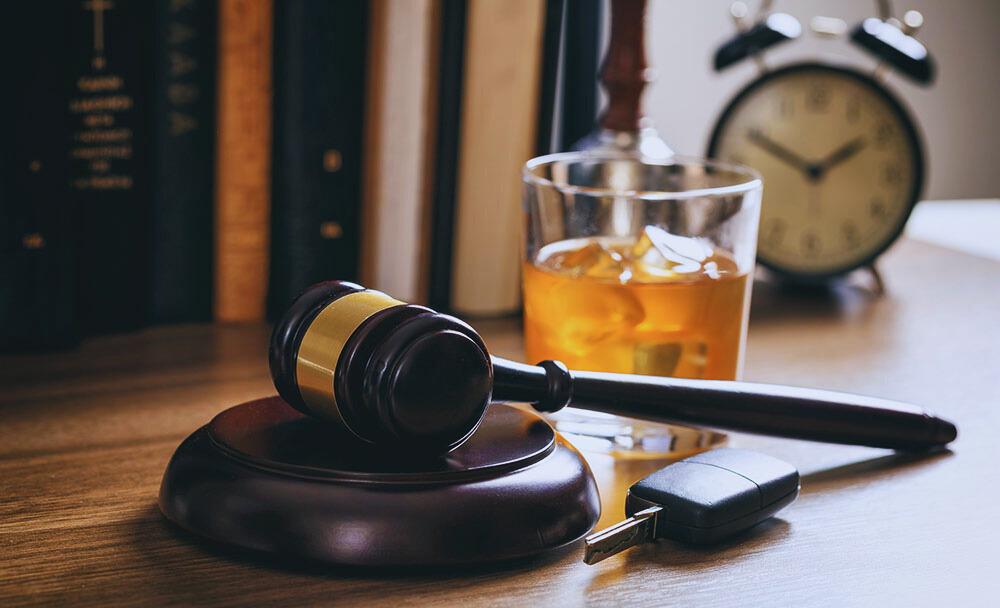In today’s society, the implementation of alcohol control policies is a crucial aspect of public health and safety. With the potential risks associated with excessive alcohol consumption, governments and communities worldwide are continuously seeking ways to mitigate these dangers and promote responsible drinking behaviors. In this comprehensive guide, we delve into various policies and their effectiveness in addressing the challenges posed by alcohol abuse.
Understanding the Importance of Alcohol Control Policies
Alcohol misuse remains a significant public health concern, contributing to numerous social, economic, and health-related issues. From alcohol-related accidents and injuries to the burden on healthcare systems, the consequences of excessive drinking are far-reaching. Alcohol control policies play a vital role in reducing the harm caused by alcohol by regulating its availability, promoting responsible consumption, and implementing measures to prevent alcohol-related harm.
Types of Alcohol Control Policies
1. Pricing and Taxation
Pricing and taxation policies aim to deter excessive alcohol consumption by increasing the cost of alcoholic beverages. By implementing higher taxes on alcohol products, governments can effectively reduce demand, particularly among vulnerable populations such as youth and low-income individuals. Additionally, minimum-unit pricing policies set a minimum price per unit of alcohol to prevent the sale of cheap, high-strength drinks.
2. Regulation of Alcohol Sales and Distribution
Regulation of alcohol sales and distribution involves policies that govern where, when, and to whom alcohol can be sold. This includes licensing laws, zoning regulations, and restrictions on the density of alcohol outlets in specific areas. By controlling the availability of alcohol, policymakers can limit access and reduce instances of excessive drinking and related harm.
3. Advertising and Marketing Restrictions
Advertising and marketing restrictions target the promotion of alcoholic beverages, particularly among vulnerable populations such as youth. These policies may include bans on alcohol advertising in certain media channels, restrictions on the content of alcohol ads, and limitations on sponsorship activities by alcohol companies. By curbing the influence of alcohol marketing, policymakers aim to reduce the appeal of alcohol and prevent underage drinking.
4. Education and Prevention Programs
Education and prevention programs focus on raising awareness about the risks of alcohol misuse and promoting responsible drinking behaviors. These initiatives may include school-based education programs, public awareness campaigns, and community interventions aimed at reducing alcohol-related harm. By providing individuals with information and resources, policymakers seek to empower them to make informed decisions about alcohol consumption.
5. Enforcement of Legal Drinking Age
Enforcement of legal drinking age laws is essential for preventing underage drinking and reducing alcohol-related harm among youth. Strict enforcement measures, including penalties for underage drinking and the sale of alcohol to minors, are crucial for deterring retailers and individuals from violating the law. Additionally, initiatives such as compliance checks and sting operations help ensure that alcohol sales establishments adhere to legal requirements.
Assessing the Effectiveness of Alcohol Control Policies
Evaluating the effectiveness of alcohol control policies is essential for informing future policymaking and ensuring that resources are allocated effectively. Researchers use various methods to assess the impact of policies, including epidemiological studies, surveys, and econometric analyses. By examining trends in alcohol consumption, related harms, and compliance with regulations, policymakers can identify successful strategies and areas for improvement.
Frequently Asked Questions (FAQs) related to alcohol control policies
Why are alcohol control policies necessary?
They are necessary to mitigate the harms associated with excessive alcohol consumption. These policies aim to regulate the availability, promotion, and consumption of alcohol to prevent alcohol-related accidents, injuries, and health problems. By implementing effective policies, governments can promote responsible drinking behaviors and protect public health and safety.
What types of alcohol control policies are commonly implemented?
Commonly implemented alcohol control policies include pricing and taxation measures, regulations on alcohol sales and distribution, restrictions on advertising and marketing, education and prevention programs, and enforcement of legal drinking age laws. These policies work together to create environments that discourage excessive drinking and reduce alcohol-related harm.
How effective are alcohol control policies in reducing alcohol-related harm?
Research indicates that alcohol control policies can be highly effective in reducing alcohol-related harm. Policies such as increased pricing and taxation, restrictions on availability, and enforcement of legal drinking age laws have been associated with reductions in alcohol consumption, alcohol-related accidents, and alcohol-related health problems. However, the effectiveness of policies may vary depending on factors such as implementation, enforcement, and cultural context.
What role can individuals play in supporting alcohol control policies?
Individuals can support alcohol control policies by advocating for their implementation and enforcement, participating in community initiatives to promote responsible drinking behaviors, and educating others about the risks of excessive alcohol consumption. By making informed choices about alcohol use and supporting policies that prioritize public health and safety, individuals can contribute to efforts to reduce alcohol-related harm in their communities.
Conclusion
In conclusion, alcohol control policies are essential tools for addressing the challenges posed by alcohol misuse and promoting public health and safety. By implementing a combination of pricing and taxation measures, regulation of alcohol sales, advertising restrictions, education programs, and enforcement of legal drinking age laws, policymakers can create environments that support responsible drinking behaviors and reduce alcohol-related harm. However, ongoing evaluation and refinement of these policies are necessary to ensure their effectiveness and responsiveness to changing trends and societal needs.

